AZIENDA AGRICOLA DE LUCA LORENZO
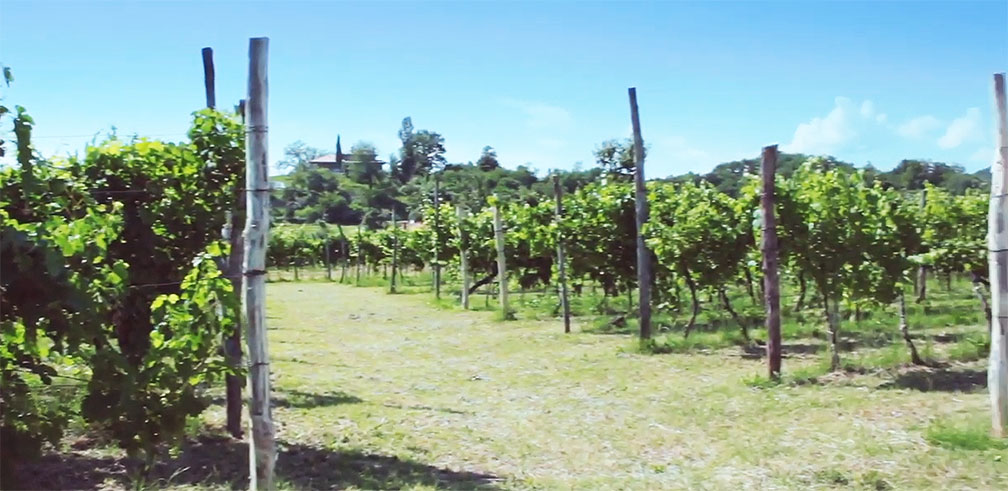
The Lorenzo De Luca farm is based in Faedis. Founded by Antonio De Luca in 1880, it has been handed down since, from generation to generation. Today the company is led by Lorenzo, grandson of the founder. As always, the aim and purpose of the De Luca company is making wine and making it good. To do so and get great results, modern technologies are used alongside the most favored simple and traditional - yet effective – methods.
Environmental friendliness, dedication in achieving quality, attention to innovation without forgetting tradition, that's what the De Luca farm aims for, to produce a wine with an original taste, yet able to tickle the palate, bringing back an evocation of ancient history.
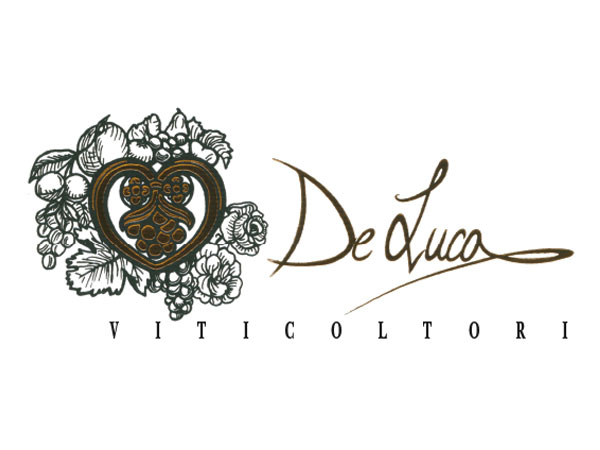
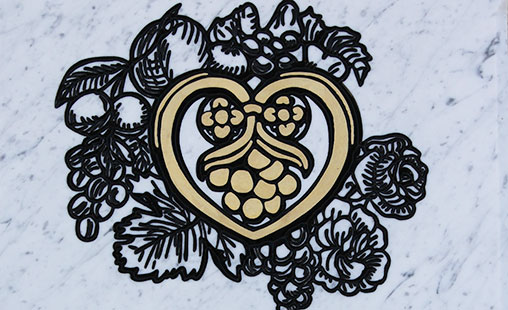
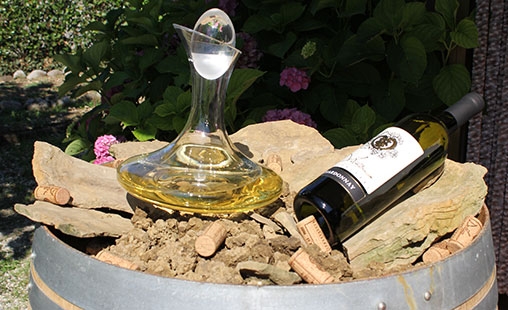
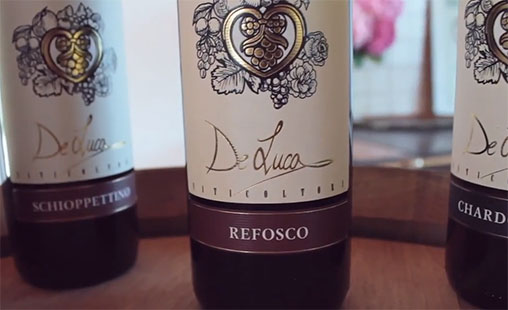
NUMBERS & INFORMATION:
Azienda Agricola De Luca Lorenzo
via Lea D'Orlandi, 15
33040 Faedis (UD)
Tel. + 39 349 3371993
P.Iva: 02603780301
E-mail: vinideluca.fvg@alice.it
WINES AND PRODUCTION
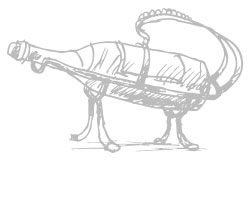
Today the company consists of four hectares of vineyards. For a total mass of 120 - 150hl year, it manufactures and processes the following quality wines:
- Dry White Wines: Friulano, Chardonnay
- Red Wines: Merlot, Cabernet Franc, Franconia, Schioppettino, Refosco di Faedis
- Sweet White Winest: Verduzzo Friulano
THE VINEYARDS
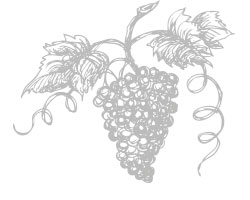
In a land formed by yellow clay and soft rock called Ponca, our vines grow best to give maximum expression of viticulture in the territory. The area occupied is predominantly foothills and hills - divided into four distinct plots, located in Faedis, with a plantation layout of three cables for traditional row and rows of 2.8 meters to 3 meters, with a density of 1.5 vineyard meters for each plant.Depending on the type of grape, a different system of cultivation is used: Guyot or Capuchin.
- Cultivation system: Guyot / Capuchin
- Sixth establishment: 2,8m x 3m Traditional with 3 cables for each row
- Plants density: 1 x 1,5m
- Pruning: Long
THE CELLAR
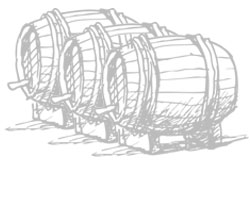
Divided into three areas: the first is aimed at conferring grapes, processing and finally to the vinification of the must; the second one is for storage and aging in steel and wooden barrels; the third is for the processing, consisting of bottling, labeling and packaging.